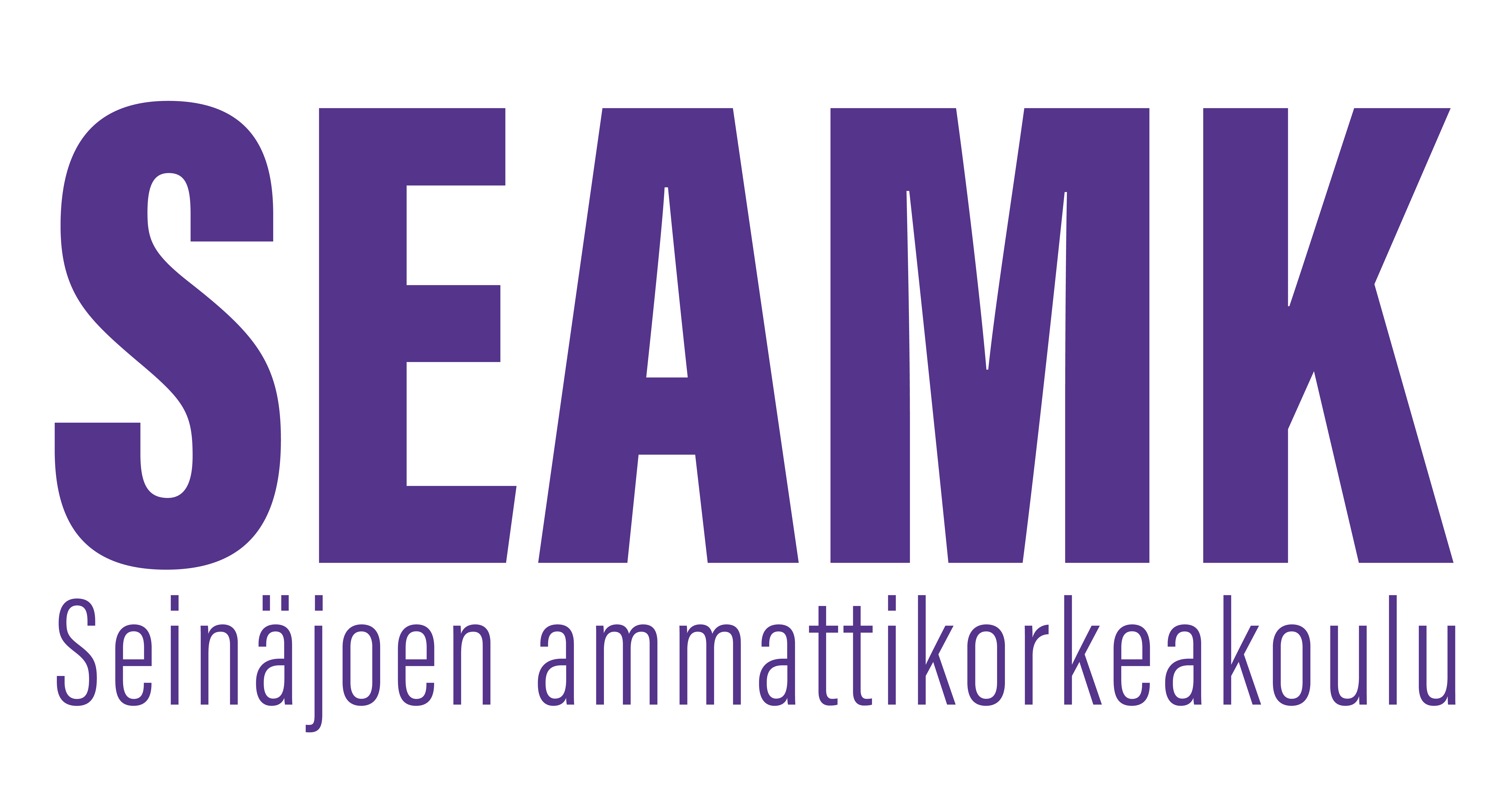Professional English Language (2op)
Opintojakson tunnus: BA00CO78
Opintojakson perustiedot
- Laajuus
- 2 op
- Opetuskieli
- englanti
Osaamistavoitteet
After the study module, the student is able to communicate fluently and effectively in English in his/ her studies and in the professional discourse of his/ her own field. The student is also able to apply the English skills to the development of professional competence. The student can communicate naturally in multicultural contexts, taking into account the special demands of different communication situations and the cultural and linguistic backgrounds of the participants.
The student is able to acquire, process, and convey information necessary in his /her own field both orally and in writing, using different sources.
The student forms a realistic view of his/ her linguistic and communicative competence and a positive attitude to developing this competence as a part of the professional expertise.
Sisältö
• key interactive communication situations: individual and group communication, client/patient – nurse interaction situations
• health care and nursing key concepts and terminology
• developing learning strategies
• acquisition, processing, application and conveyance of information
• organizations, working environments, tasks, procedures and tools
• education and career planning
• self-assessment of language and communication skills
Arviointikriteerit, tyydyttävä (1)
1-2
The student manages in routine oral and written communication situations in multi-professional work communities (e.g. e-mail, filling out forms, CV, presenting the workplace). The student is able to give simple instruction to individual clients/groups orally and in writing. The student knows how to ask for and document clients'/patients' essential information to secure correct care or follow-up. The student understands texts related to his/her own duties in the health and social field. He / she makes mistakes in grammatical structures, which complicate communication and may cause misunderstanding and require reformulation. The student knows basic vocabulary for health and social welfare so that the necessary information is given to the listener or reader. The pronunciation is understandable, but sometimes inaccurate in special terminology. The student can find the information they are looking for in texts that deal with familiar topics. Common means are used to support communication.
Arviointikriteerit, hyvä (3)
3-4
The student is able to communicate with a multi-professional work community both orally and in writing (e.g. telephone conversations, consultation, oral and written reports, oral presentations). The student knows how to give and explain individual client/patient instructions, explain common procedures and examinations, report on patients'/clients' current health/life situations and ask for additional information. The student enters the information onto documents to ensure correct care or follow-up and reply clients'/patients' questions. The student mostly uses correct grammatical structures and corrects himself/herself in case of misunderstanding. He/ she knows the central vocabulary for health and welfare services well and is rather familiar with special terminology in his/her own field. The student seeks to adapt the communication style to the situation at hand. The pronunciation is rather natural and clear. The student knows how to scan professional texts to find the main points. The student uses various means to support communication.
Arviointikriteerit, kiitettävä (5)
5
The student communicates accurately and appropriately both orally and in writing, even in demanding interactive situations in multi-professional and multi-cultural work environments (meetings, care negotiations, feedback discussion). The student fluidly and extensively presents alternative solutions in counselling situations, taking into consideration the client's cultural background. The student knows how to interview clients/patients in a professional manner, even in challenging, unexpected situations. The student uses a wide variety of grammatical structures almost flawlessly. The vocabulary, including special terminology, is extensive and the pronunciation is clear and natural. The student adapts the communication style to the situation at hand. He/ she is able to scan texts rapidly to evaluate the reliability of the sources of information. The student effectively uses various means to support communication.
Arviointikriteeri, hyväksytty/hylätty
Fail
The student does not achieve the learning outcomes at a satisfactory level.
